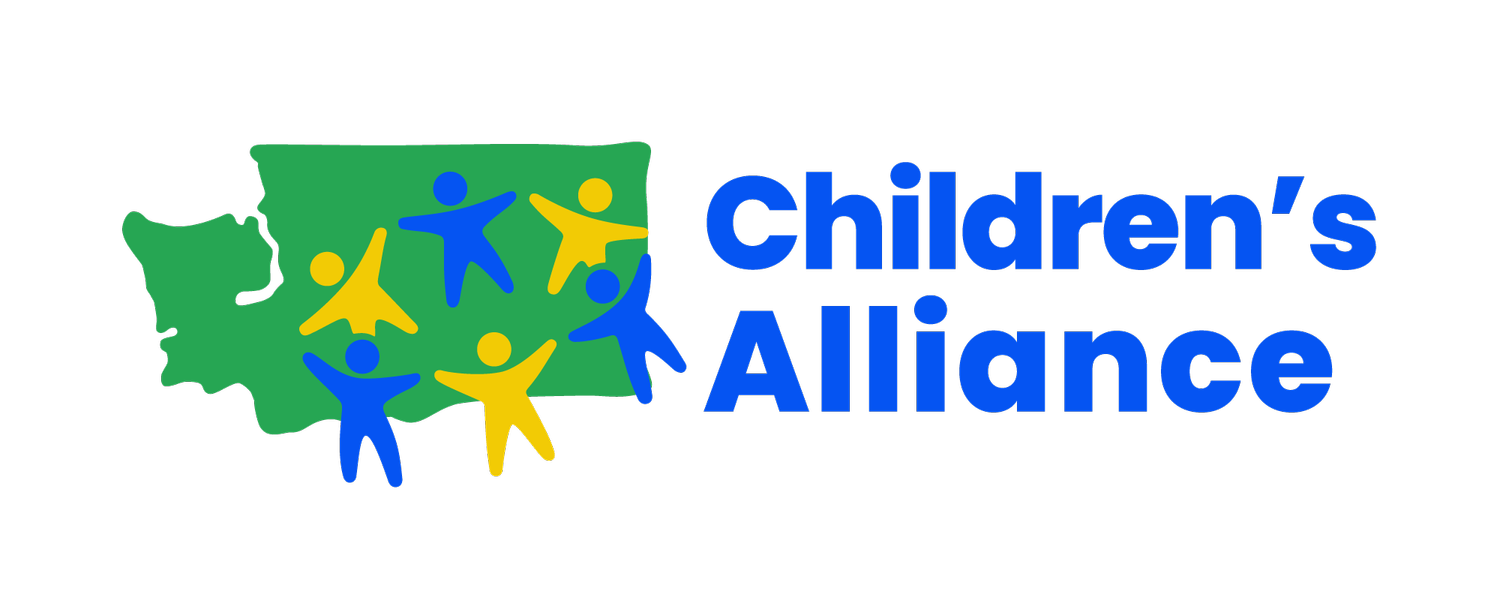Understanding the “Children under age 18 in Poverty” indicator: To drive meaningful change for kids and families, we rely on data indicators—specific, measurable pieces of information that show how children are doing across key areas like health, education, and economic stability. One foundational indicator in our KIDS COUNT® data project is the number and percentage of children under 18 in Washington living in families with incomes below the poverty threshold (100% of the Federal Poverty Guidelines or FPG) as defined by the U.S. Census Bureau. An income below 100% FPG means that the family/household has an income below what is needed to meet basic living expenses according to these federal standards. This information helps advocates and policymakers understand the degree to which families in Washington are experiencing severe economic hardship and can be used to create policies that address the root causes of poverty and support under-resourced communities with solutions tailored to their specific needs. Click here to explore the data.
Overview
In 2022 over 185,000 children (11.5%) in Washington were living in poverty. Some counties experienced significantly higher rates. In Ferry County and Grays Harbor County, for example, more than one in four children were growing up in poverty—more than double the state average.
Map 1. Child poverty rates by county in Washington (2022)
1 IN 9 WA KIDS LIVE IN POVERTY, UP TO 1 IN 4 IN RURAL AREAS
Additionally, four of the counties with the highest rates of child poverty—Okanogan, Ferry, Yakima, and Grays Harbor counties—include the traditional and sovereign lands of the Colville, Yakama, and Quinault Tribes. The high rate of child poverty for American Indian and Alaska Native children is further supported by data from the Department of Children, Youth, and Families (DCYF). In 2022, 16.3% of American Indian and Alaska Native families with children lived below poverty level, and in 2023, that rate remained high at 15.2%—far above the 8% rate for White families and the 10% statewide average that year. This reflects the ongoing economic inequities faced by Indigenous communities.
The same DCYF data shows that Black families with children experienced child poverty rates of 21.4% in 2022 and 17.2% in 2023, while Hispanic/Latino families experienced poverty rates of 17.2% in 2022 and 16.6% in 2023, highlighting the deep racial and economic inequities that continue to affect communities of color across the state.
Poverty impacts every part of a child’s life. From their health to their education, and from their sense of safety to their future opportunities, children who grow up in poverty experience worse outcomes than their peers in nearly every area of development. Providing economic support to families living in poverty can lead to measurable improvements in children’s health, academic opportunities, and long-term wellbeing. Importantly, advancing this work with a focus on racial equity is necessary to address the systemic barriers that have long denied communities of color.
Past Work:
Children’s Alliance has consistently worked to promote financial security and upward mobility for families across Washington. In 2021, we were a lead stakeholder in the passage of the Fair Start For Kids Act, a $1.1 billion investment to make child care and early learning more affordable, funded by a state capital gains tax. This is an example of a progressive tax, which asks those with more resources to contribute a larger share, helping to create a more equitable tax system. Washington currently ranks 49th out of 50 states for tax fairness, largely because our tax system relies heavily on regressive taxes that place a disproportionate burden on families with low and middle incomes. Children’s Alliance has also long supported the Working Families Tax Credit, Washington’s version of the federal Earned Income Tax Credit, which provides eligible households with annual cash benefits alongside their tax returns. These types of reforms have helped Washington improve its standing, but more work remains to ensure a tax system that truly supports working families.
Ongoing Work:
Children’s Alliance supports several emerging proposals to make our tax code more equitable, including a tax on high-value financial intangibles (often called the “wealth tax”) and a business and occupation (B&O) tax on large corporations. In 2024, we also led efforts to defend the state’s capital gains tax against a repeal initiative. These revenue sources are critical—not just to fund essential public services, but also to ease the tax burden on working families.
Progressive revenue can support proven anti-poverty programs, such as guaranteed basic income (GBI). GBI provides unrestricted cash payments to families with low incomes. Research from pilot programs around the country has shown that GBI can boost financial stability, improve mental health, and reduce housing insecurity, especially in communities that have long faced systemic barriers.
We support a statewide GBI program alongside expansions to the Working Families Tax Credit because research shows these tools can significantly reduce the number of children growing up in poverty.
---
County-level data is available here.
KIDS COUNT® is a registered trademark of The Annie E. Casey Foundation., Inc., and is used with permission of the Foundation.

